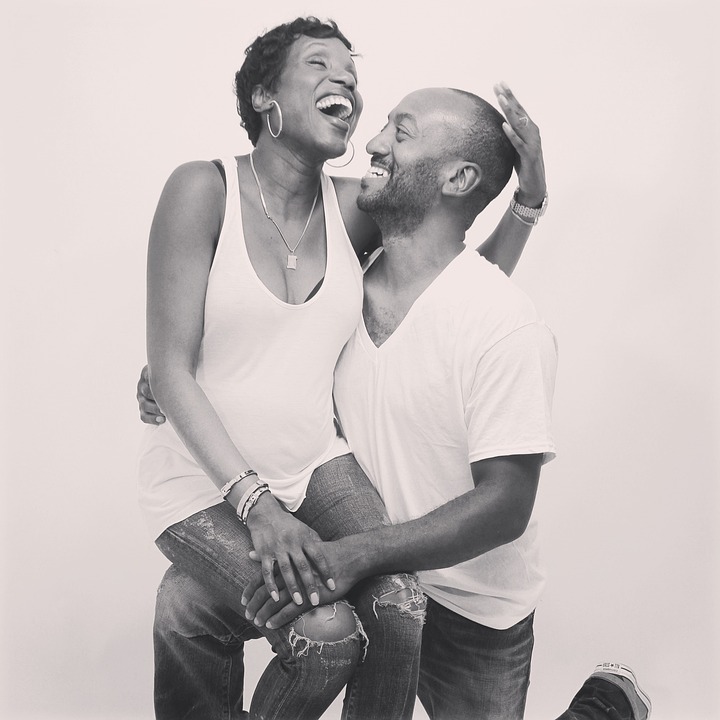While filling in as morning radio guest host Wednesday morning for vacationing Jim Dedelow, I asked a holiday trivia question themed about fruitcake.
After all, Tuesday, Dec. 27 was heralded as National Fruitcake Day.
My trivia question was about the annual fruitcake eating contest traditionally held in December and hosted in Santa Claus, Indiana. I asked callers to dial the WJOB and JedTv phone lines with the correct answer to a query about which former Chicago Bears quarterback originally hails from Santa Claus?
The correct answer is Jay Cutler, and the winner was reader Michael Topor, formerly of Highland and now a resident of Chesterton, the latter which was became the hometown associated with Cutler’s parents, Jack and Sandy. Jack, an Indiana State Trooper, graduated from Chesterton High School in 1974.
As for the annual fruitcake eating contest, it’s billed as an international eating competition served up as a promotion sponsored by Beatrice Bakery Company (based in New Jersey) to draw attention to their fruitcakes, an ages’ old holiday baked good that is so often mocked.
During the holidays in December 2017, I recall the Court Theatre in the Hyde Park neighborhood of Chicago, paid a stage salute to by fruitcake and the life of poet Emily Dickinson during a production of “The Belle of Amherst” by William Luce.
The play opened with Emily cradling a large stone pottery mixing bowl and aggressively mixing the stiff batter within, using a wood paddle as she explained to the audience she was making her signature recipe for “Black Cake,” which by today’s definition would translate as a type of spiced fruit cake. The recipe, which was shared with me, was taken word for word from the original handwritten recipe that is preserved at the Houghton Library at Harvard.
Fruitcake recipes were popular at the time of Dickinson because of the Caribbean ingredients used.
Her recipe, which dates to the late 1880, calls for 2 pounds of flour, 2 pounds of sugar, 2 pounds of butter, 19 eggs, 3 pounds of currants and citron all mixed in a batter of assorted spices and generous amounts molasses and brandy. As was explained to me, Emily’s preference was to pour the batter into a large milk pail before baking it the required “several hours.”
By the end of the play, Emily — played by the wonderful actress Kate Fry — was beaming as she removed the fully baked gigantic cake from her kitchen oven, which tipped the scales at 20 pounds. During the play’s run, the Court Theatre served free samples of Dickinson’s fruitcake recipe to patrons during the show’s intermission, with the cakes prepared and donated by Chicago’s Roeser’s Bakery, which opened in 1911.
President Grover Cleveland loved fruitcake so much, he opted for it as his White House wedding cake when he finally wed late in life at age 47 in 1886 in the Blue Room to young bride Frances, who was only 21. Prior to his marriage, it was his beloved, never-wed sister Rose Cleveland who acted as hostess at the White during the first two years of her brother’s administration.
Cleveland ranks as one of only three U.S. presidents married while in office and the only one married in the White House itself.
Slices of President Cleveland’s fruitcake wedding cake can still be seen on display in various museums, including the Buffalo Historical Museum in New York and the museum dedicated to his birthplace in Caldwell, New Jersey. The original cake was delivered to the White House from a bakery in New York in large boxes and then assembled by the White House servants after it arrived by carriage.
The reason why so many slices still exist today is because the newlyweds provided slices to guests, each packed in elegant satin and lace gift boxes, with many guests preferring to save the cake slices as souvenirs rather then devour the fruit and nut laden cake. Slices were also sent to each of the surviving prior first ladies of that era.
Philip Potempa is a journalist, published author and the director of marketing at Theatre at the Center. He can be reached at pmpotempa@comhs.org.
